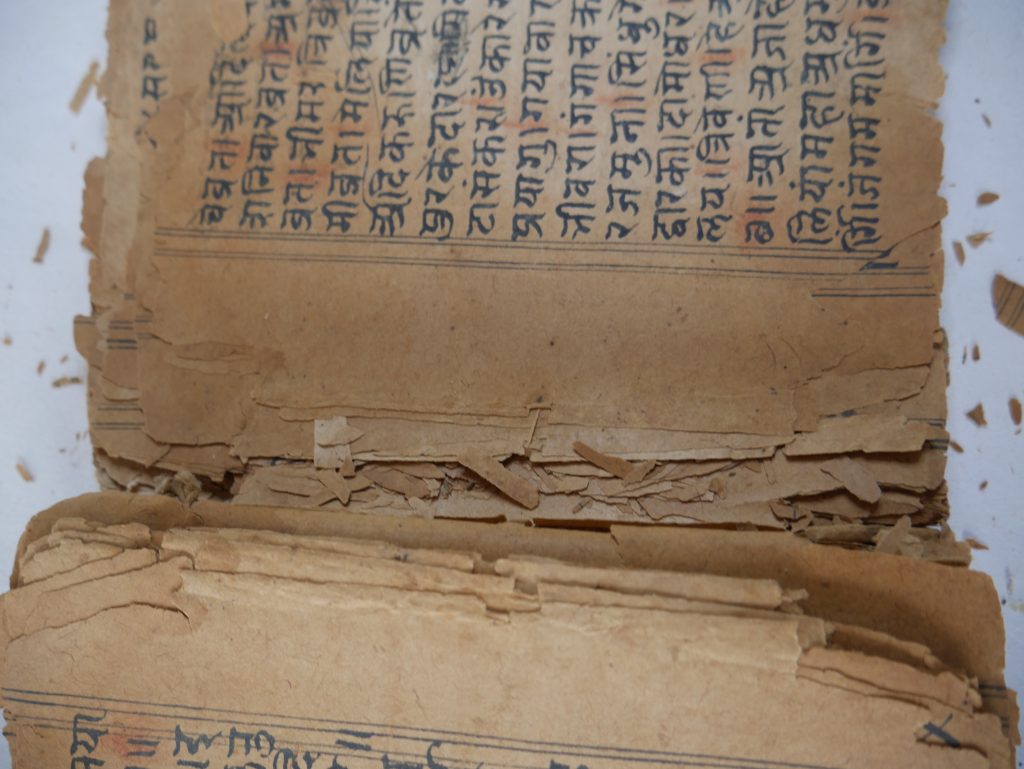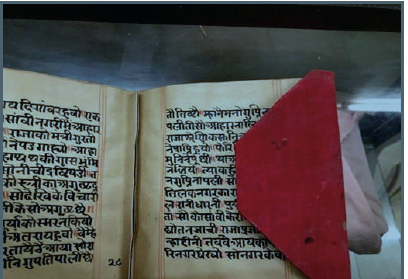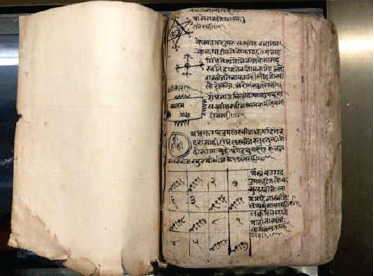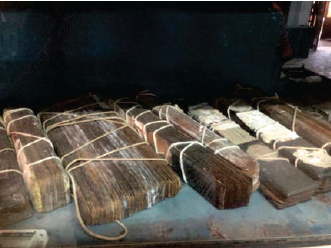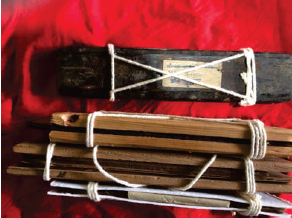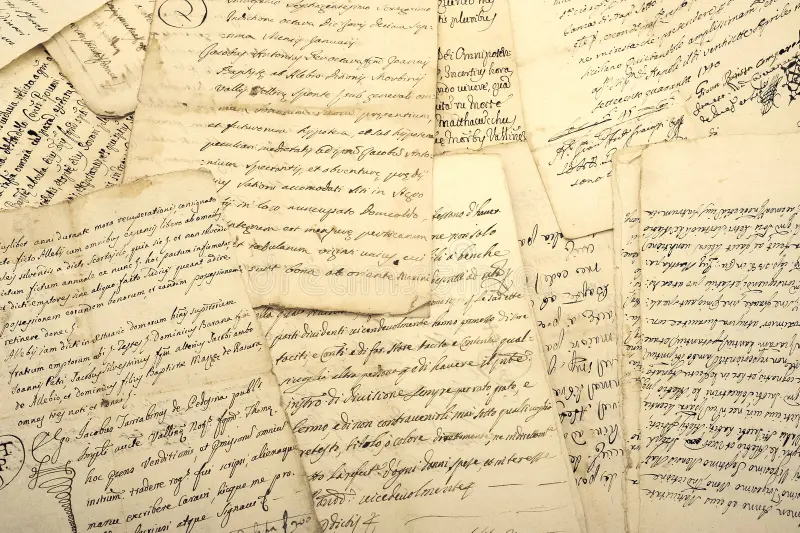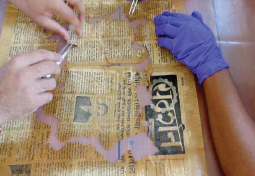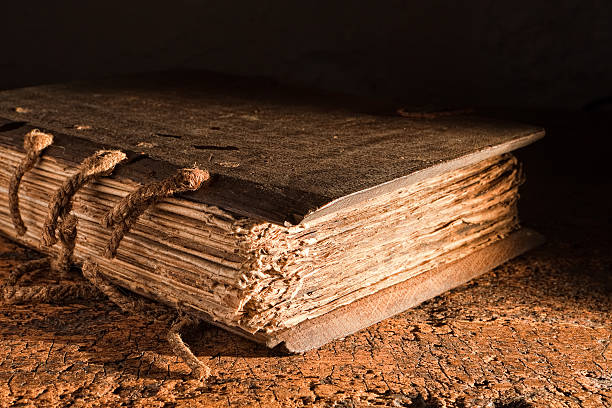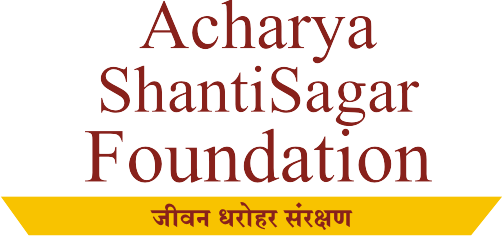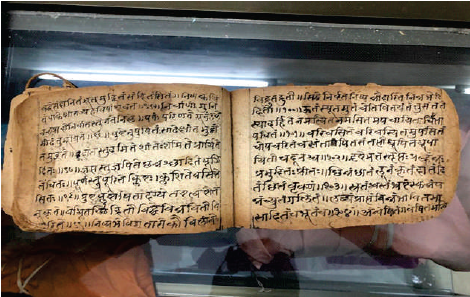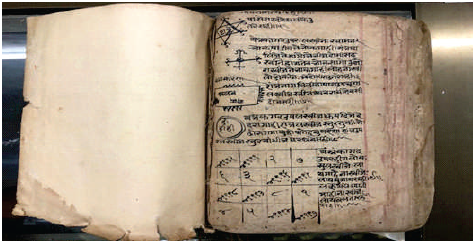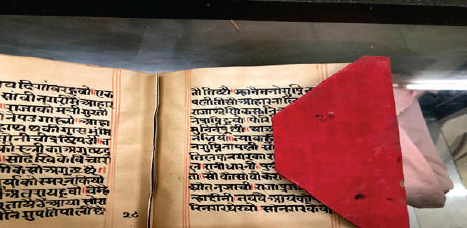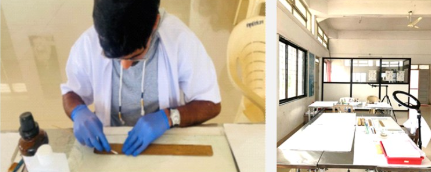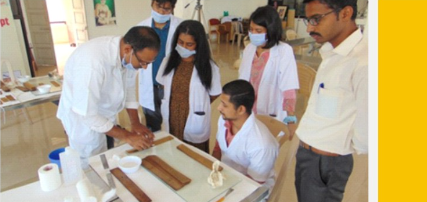
About Tadpatra
Tad Patra, an ancient site of profound cultural and historical importance, holds the stories of generations. Once a vibrant center for community gathering and spiritual reflection, its significance extends beyond mere architecture. It represents the rich traditions and heritage of our ancestors, serving as a reminder of our roots and values. Years of neglect, environmental factors, and human activities have taken a toll on Tad Patra. The intricate carvings and inscriptions, which tell tales of the past, are fading. The site is at risk of losing its identity, along with the cultural narratives it embodies. Recognizing the urgent need for preservation, our NGO has embarked on a mission to restore Tad Patra to its former glory.
About Tadpatra

Tad Patra, an ancient site of profound cultural and historical importance, holds the stories of generations. Once a vibrant center for community gathering and spiritual reflection, its significance extends beyond mere architecture. It represents the rich traditions and heritage of our ancestors, serving as a reminder of our roots and values. Over the years, however, Tad Patra has faced considerable neglect. Environmental factors, along with human activities, have eroded its physical structure, putting the site at risk of losing the intricate carvings, inscriptions, and cultural narratives it embodies. The fading details of these carvings, once vividly recounting tales of the past, now face the threat of disappearing altogether. Recognizing this urgent need for preservation, our NGO has embarked on a mission to restore Tad Patra to its former glory. We aim not only to preserve its architectural beauty but also to safeguard the wisdom and history it holds for future generations. Through this restoration, we hope to rekindle the community’s connection to Tad Patra, transforming it into a symbol of cultural pride and resilience.
Shri Anil Kumar Sethi
(President and Param Sanrakshak Trustee)
Tadpatra Restoration Process
The Significance of Tadpatras in Indian Culture
Tadpatras have been a medium of recording knowledge for centuries. They were primarily used to document religious texts, including Jain, Hindu, and Buddhist scriptures, as well as ancient scientific, medical, and literary works. These manuscripts are not just valuable for their content but also for the craftsmanship involved in their creation, from the preparation of palm leaves to the meticulous inscriptions done using sharp styluses.
Some notable Tadpatras include the Jain Agamas, the Vedas, and ancient Ayurvedic texts, all of which provide deep insights into ancient practices, belief systems, and knowledge.
